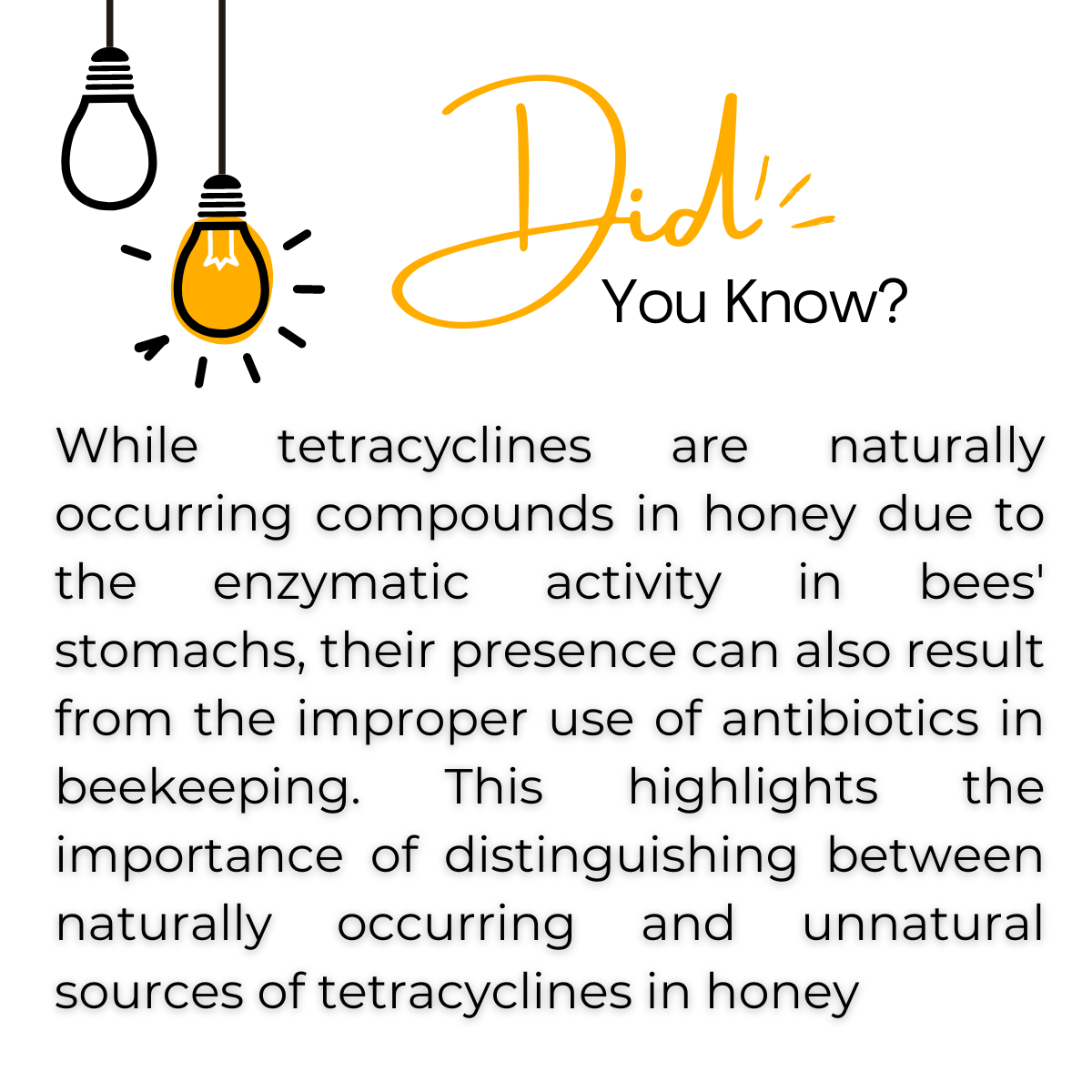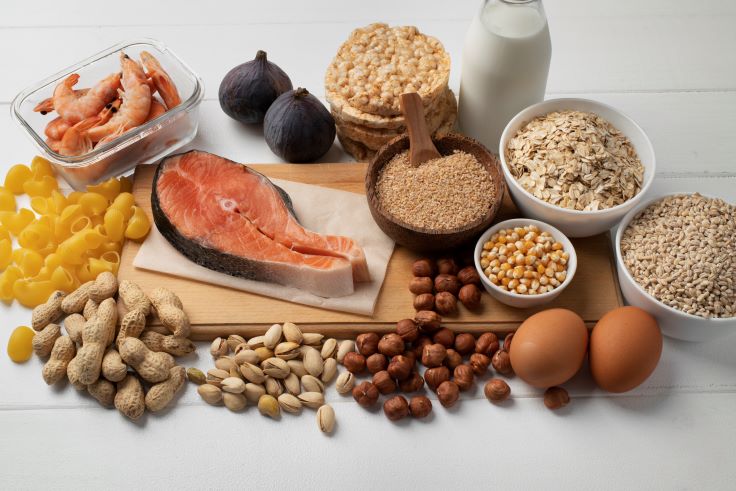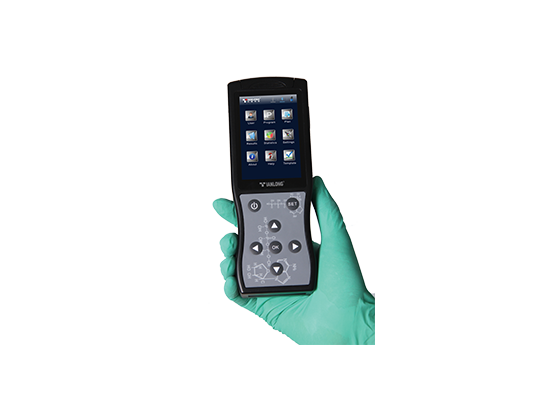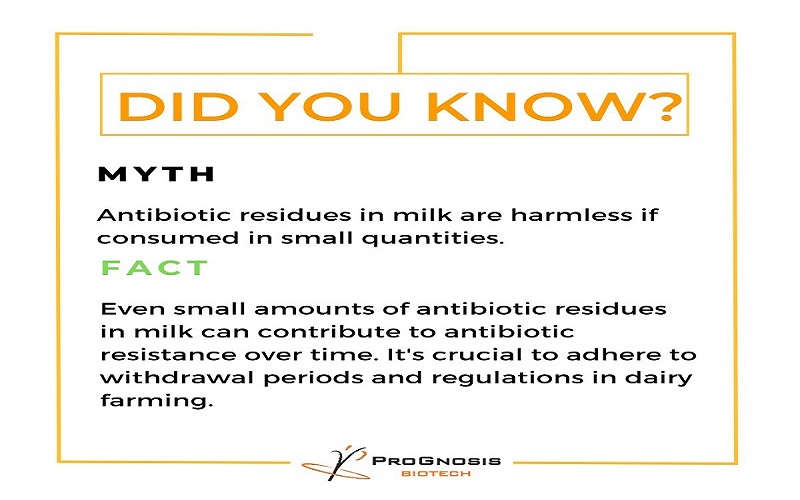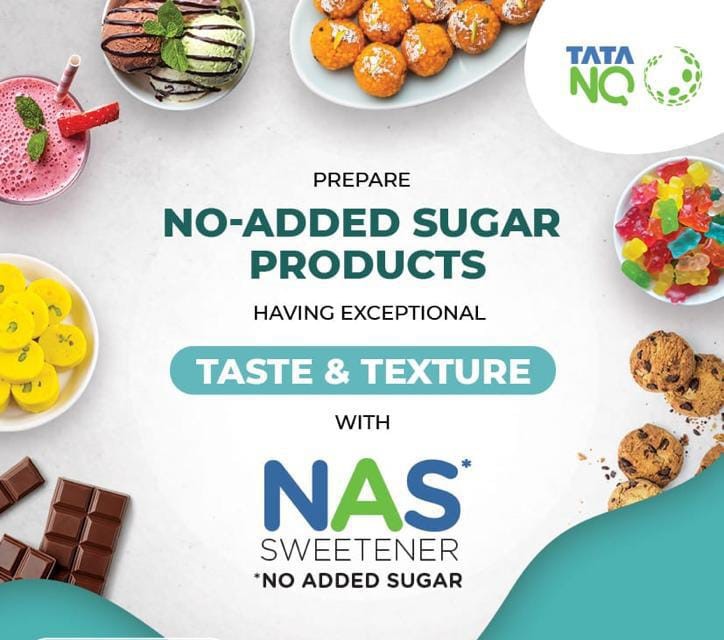
The Advantages of Using No Added Sugar (NAS) Ingredients: Enhancing Taste and Texture
As health-conscious consumers increasingly seek alternatives to traditional sugar, the food industry has responded with various sugar substitutes. Among these, the No Added Sugar (NAS) ingredient, a 1:1 sugar substitute created using a blend of Fructooligosaccharides (FOS), Maltitol, and Stevia (or Sucralose), has gained popularity for its ability to enhance taste and texture while providing a healthier alternative to sugar. In this blog, we will explore the advantages of using NAS ingredients and the benefits they bring to food products.
Advantage 1: Reduced Caloric Content - One of the primary advantages of NAS ingredients is their ability to provide sweetness without adding excessive calories. Traditional sugar is high in calories and can contribute to weight gain and related health issues. In contrast, NAS ingredients like FOS, Maltitol, and Stevia offer a low-calorie alternative, making them suitable for individuals aiming to manage their calorie intake while still enjoying sweetened foods and beverages.
Advantage 2: Blood Sugar Management - Another significant benefit of NAS ingredients is their minimal impact on blood sugar levels. FOS and Stevia, two components of the blend, have low glycemic indexes, meaning they do not cause significant spikes in blood sugar levels when consumed. This characteristic makes NAS ingredients particularly appealing to individuals with diabetes or those following a low-glycemic diet. By using NAS ingredients, food manufacturers can cater to a broader consumer base and provide healthier options for individuals who need to monitor their blood sugar levels.
Advantage 3: Enhanced Taste - NAS ingredients, with their carefully blended composition, offer a taste profile comparable to that of traditional sugar. Unlike other sugar substitutes, NAS ingredients can provide a well-rounded sweetness that closely mimics the taste of sugar. This advantage is particularly crucial for food manufacturers looking to create products that appeal to a wide range of consumers without compromising taste. By utilizing NAS ingredients, they can maintain the desired flavor while reducing the overall sugar content.
Advantage 4: Improved Texture - Sugar plays a vital role in the texture and mouthfeel of many food products, including baked goods, confectioneries, and sauces. Replacing sugar with NAS ingredients can help preserve the desirable texture while reducing the amount of added sugar. The blend of FOS, Maltitol, and Stevia in NAS ingredients contributes to a similar texture, ensuring that the end product is not compromised. This advantage is particularly beneficial for food manufacturers who wish to produce sugar-reduced or sugar-free versions of their products without sacrificing the quality and experience for consumers.
Advantage 5: Dental Health - Excessive sugar consumption is associated with various dental issues, including tooth decay and cavities. NAS ingredients, being low in fermentable carbohydrates, are less likely to contribute to dental problems. By incorporating NAS ingredients into their products, food manufacturers can offer options that are gentler on dental health, attracting consumers who prioritize oral hygiene.
Conclusion:
No Added Sugar (NAS) ingredients, prepared using a blend of FOS, Maltitol, and Stevia (or Sucralose), offer numerous advantages to both consumers and food manufacturers. By using NAS ingredients, food products can provide reduced caloric content, assist in blood sugar management, enhance taste, maintain desirable texture, and promote better dental health. These benefits allow manufacturers to create healthier options for consumers without compromising on the sensory experience. As the demand for healthier alternatives continues to grow, NAS ingredients emerge as a valuable tool for creating delicious, satisfying, and better-for-you food products.
